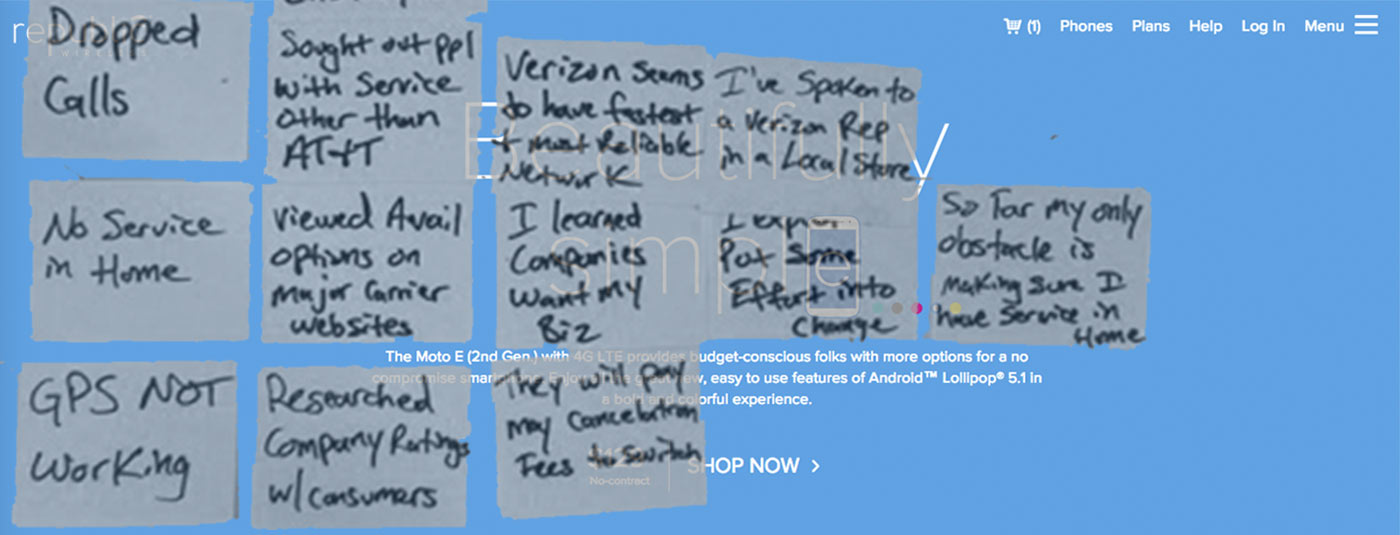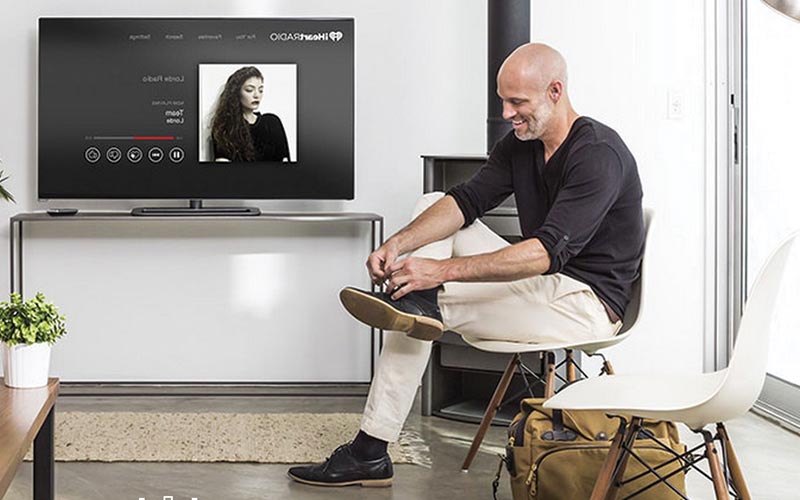Aligning User Flows to Natural Customer Journeys

Natural customer journeys meander; how can sites better accomodate this?
For designing optimal commerce experiences, fluid exploratory and purchasing paths better engage customers throughout their journey, saliently aligning with behavior and motivations. Easier said then done, this necessitates constructing exploratory experiences that allow for focused purchasing, and likewise, constructing purchasing experiences that allow for focused exploration. But it is not just enough to have two paths: each must be permeable, allowing for users to pivot between one and another, and back again.
Recent usability studies exposed linear pathing for inhibiting users’ natural pathing. At the same time, users' non-linear pathing tendencies vacillated between exploratory research paths and purchasing paths. But without obvious "bridges" between these paths, users encountered dead-ends.
For each sites, both electronic retailers, design teams each architected one purchasing flow.
- For site one, that sold TVs, product research defined the first step, and purchasing the second.
- For site two that sold phones and plans, finding a phone was the first step, followed by purchasing a plan.
However, in both studies usability testing revealed participants naturally meandered from the first to the second step, and from the second to the first step.
For Vizio, the intent of these flows was to guide users from a research experience to a shopping experience, much like Apple’s site. However, in the lab, some participants engaged at step two (shopping TVs), others at step one (researching TVs). In the research flow, participants struggled to find the TVs to purchase, and in the store flow, participants looked to find more information and the ability to compare across product lines. Both steps did not allow for these natural transitions between research and shopping.
The second site based their flow on solid market research, focusing on a phone purchase first, and then selecting a plan second. The plan portion of the site was architected as an exploratory experience, that directed participants to begin with a phone purchase. Despite this, some participants wanted to complete step two first (purchase a plan), and then step one (purchase a phone), while others moved through the intended flow. Those who engaged step two were soon frustrated, as there was no way to select a plan first. The analytics team corroborated this pathing, showing next page flow from phone to plan page, and from plan to phone page.
Flexible Pathing Encourages Natural Engagement
For both sites, participants engaged from different points in their customer journey, necessitating different entry points within the linear flows. These different entry points accomodate back and forth exploration in a single site visit, and across multiple site visits. Because each of these linear flows were not architected for pivoting between critical junctures, participants were hindered in completing tasks most relevant to them.
These findings underscore the importance of designing for transitions between flows that better adapt to the fluid nature of the customer journey. They also highlight the necessity of testing user flows with current and potential customers to identify gaps and opportunities earlier in the design process.
Changes Rewarded
After testing, the TV retailer implemented recommendations for better crossing between flows, updated the Cart to Checkout flow. These changes contributed to a YOY 29.3% conversion rate for Vizio. We wait with mobile retailer to discover the impact.


